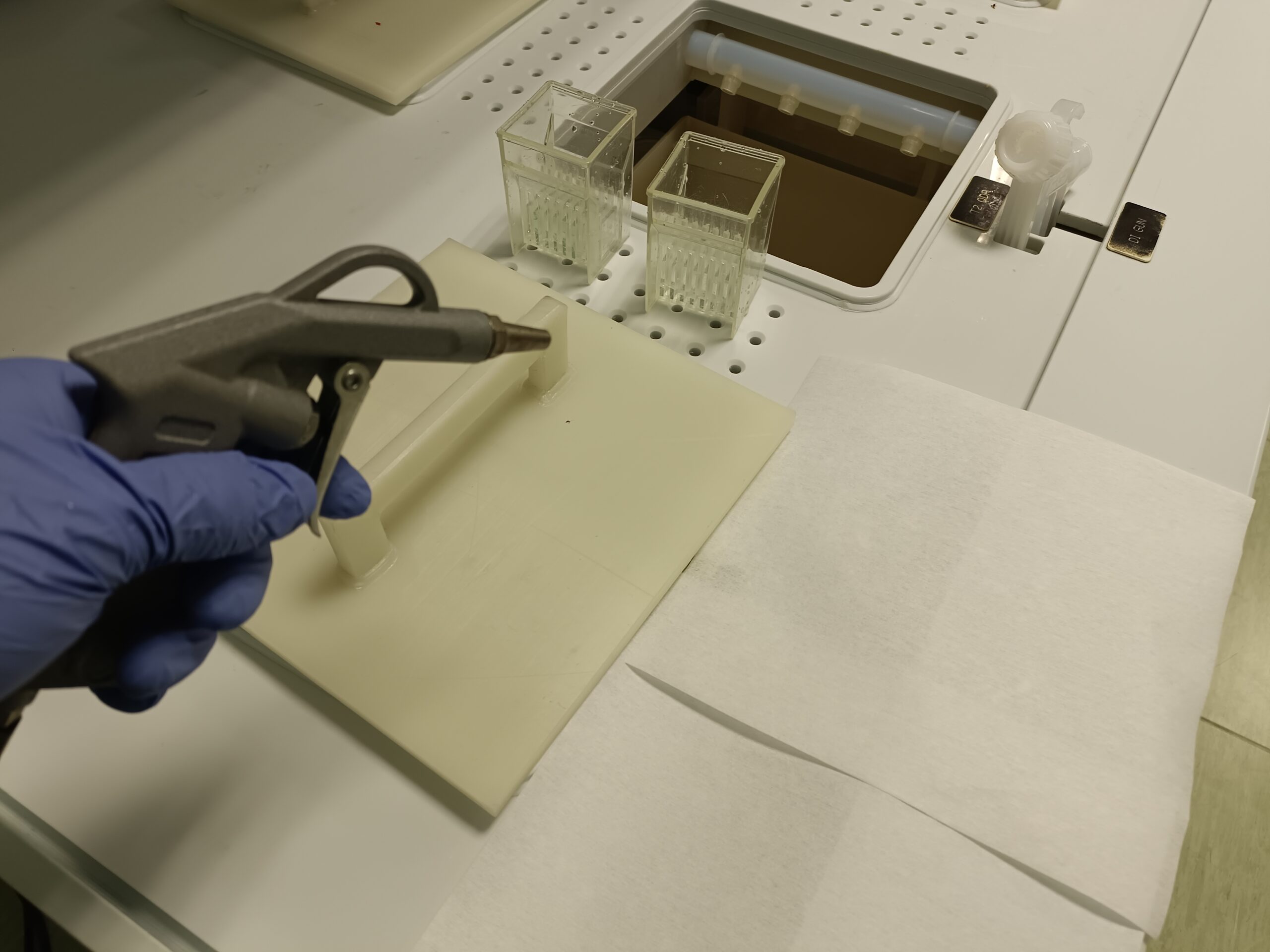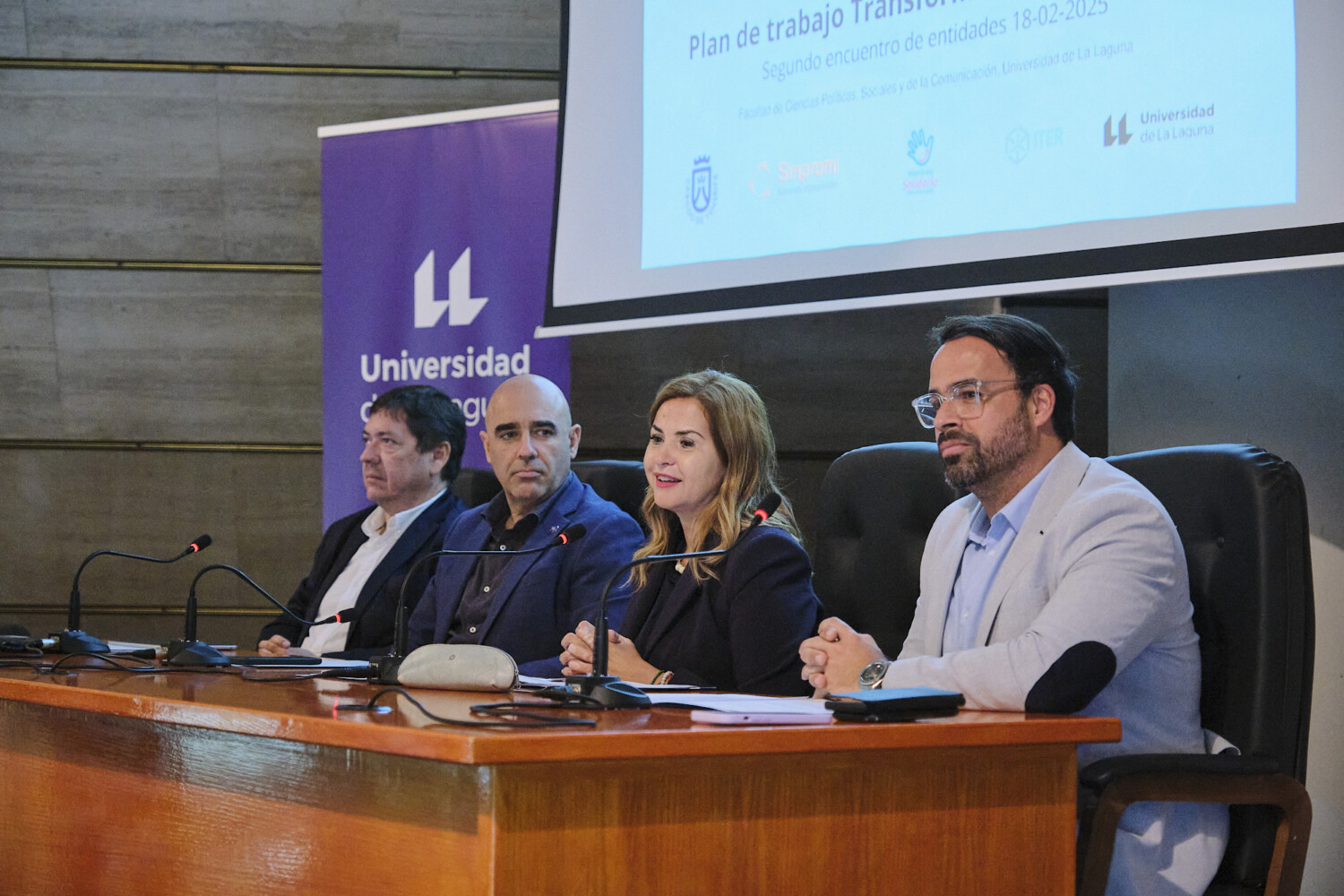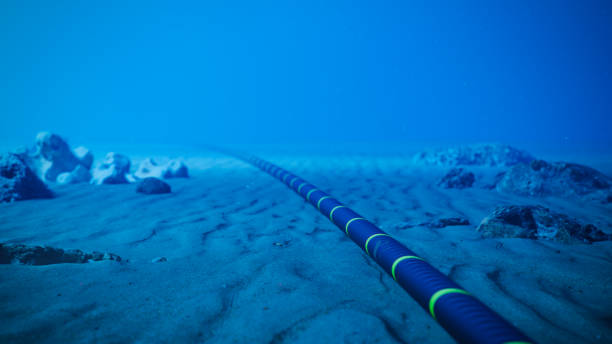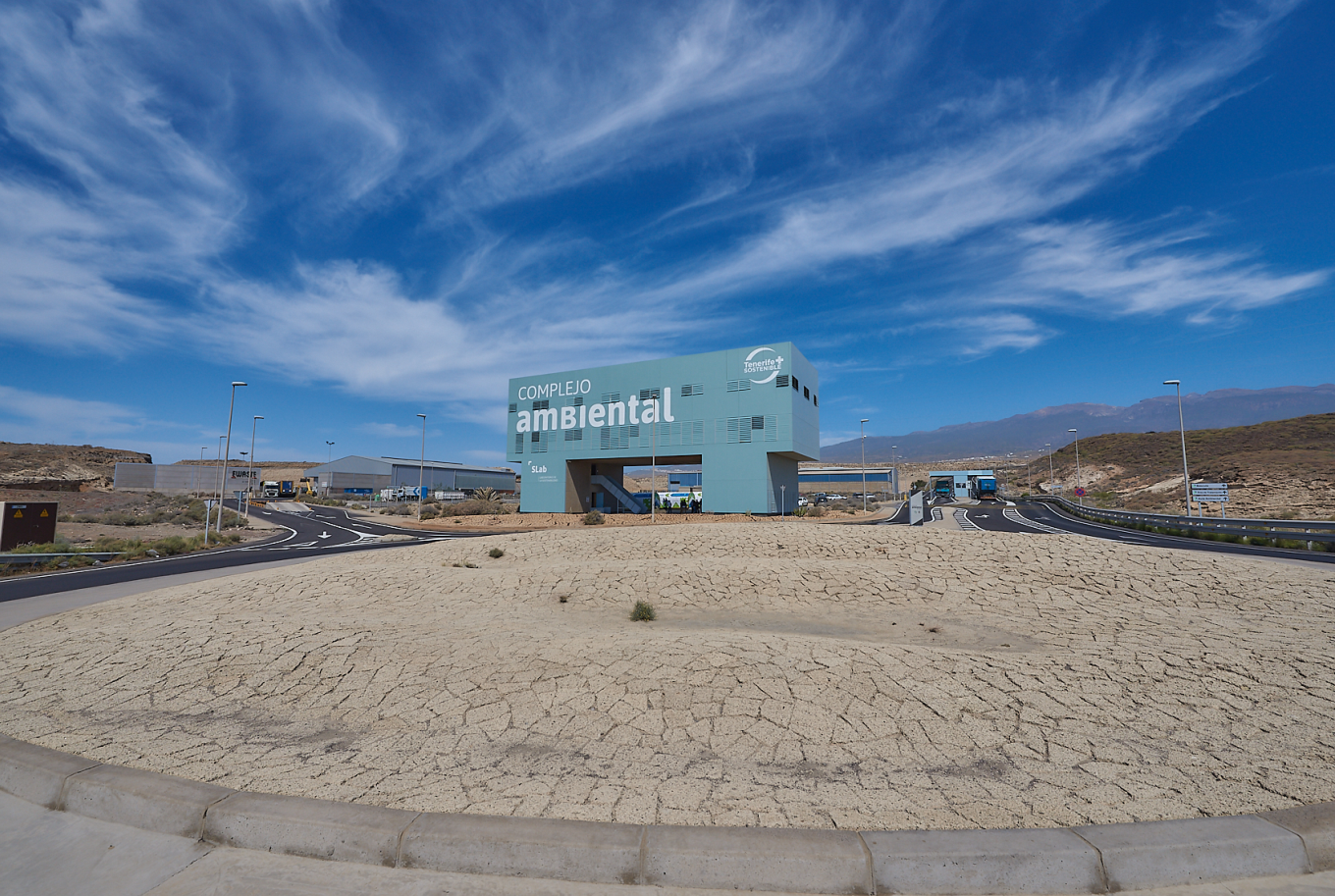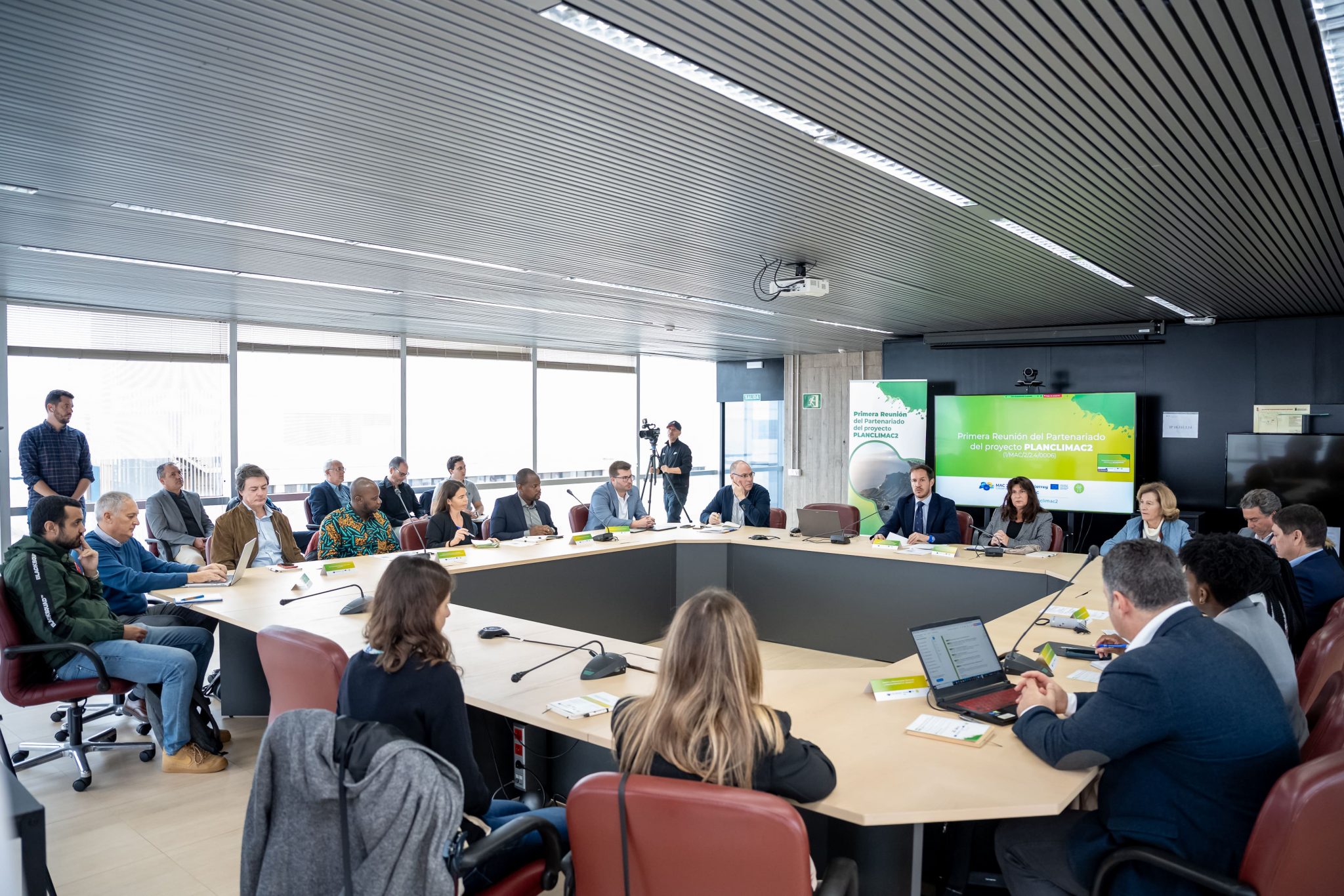The research group of ITER’s Photovoltaic Cells Laboratory will present the results of its research at the “41st European Photovoltaic Solar Energy Conference and Exhibition -EU PVSEC 2024”.
The results to be shared with the specialized scientific community in the EU PVSEC-2024 will focus on the advances made by the Instituto Tecnológico y de Energías Renovables(ITER) and the University of La Laguna (ULL) in the development and improvement of the stability of photovoltaic cells based on Perovskite. Perovskite is a more efficient, accessible and less expensive material than silicon, which is being actively researched worldwide.
The study carried out for the improvement of conductive inks and pastes composed of non-precious materials, such as Graphite and Carbon Black, together with vehicles composed of binders such as epoxy resin, EVA and PVDF, as well as solvents used mainly as diluents of the mixture, such as toluene and chlorobenzene, applied by Doctor Blade techniques on perovskite substrates, will be presented. This study will be reported in the communication: “C. Montes, L. Ocaña, B. González-Díaz, S. González-Pérez, E. Llarena MODIFICATION OF CONDUCTIVE PASTES BASED ON CARBON AND PVDF FOR DR. BLADE PRINTING ON PEROVSKITE SUBSTRATES (2CV.3.42)”.
The study on improving the performance of MAPbI3-based photovoltaic devices by forming inverted pyramid microstructures using a 1064 nm pulsed laser on the compact TiO2 layer will also be presented. These micropyramids are expected to improve the hydrophobic properties, thus facilitating the crystallization of the perovskite layer during the spin-coating deposition phase. This improvement is expected to enhance electron transport, contributing to the stability and efficiency of the final device. This study will be reported in the communication: “L. Ocaña, C. Montes, B. González-Díaz, S. González-Pérez, E. Llarena. MICRO INVERTED PYRAMID FORMATION IN TITANIUM DIOXIDE LAYER BY PULSED LASER IRRADIATION TO IMPROVE ELECTRON TRANSPORT IN MAPBI3-BASED PHOTOVOLTAIC DEVICES (2CV.3.61)”.
To obtain these new results, which are contributing to the progress in the global race to obtain viable prototypes of Perovskite-based cells, ITER researchers have used its Photovoltaic R&D Laboratory, which has become a leading infrastructure in this field thanks to the optimization carried out in the European project MACLAB-PV co-financed by the European INTERREG MAC 2014-2020 Program.
The two papers prepared in collaboration with ULL will be presented during the week of September 23-27 at the41st European Photovoltaic Solar Energy Conference and Exhibition. This event, which has been held for 41 years, brings together the global photovoltaic industry to present and discuss the latest developments in photovoltaics, networking and business. It is Europe’s largest conference on photovoltaic research, technologies and applications, an exhibition of the photovoltaic industry, where technologies, innovations and new concepts of interest to the sector are presented.


